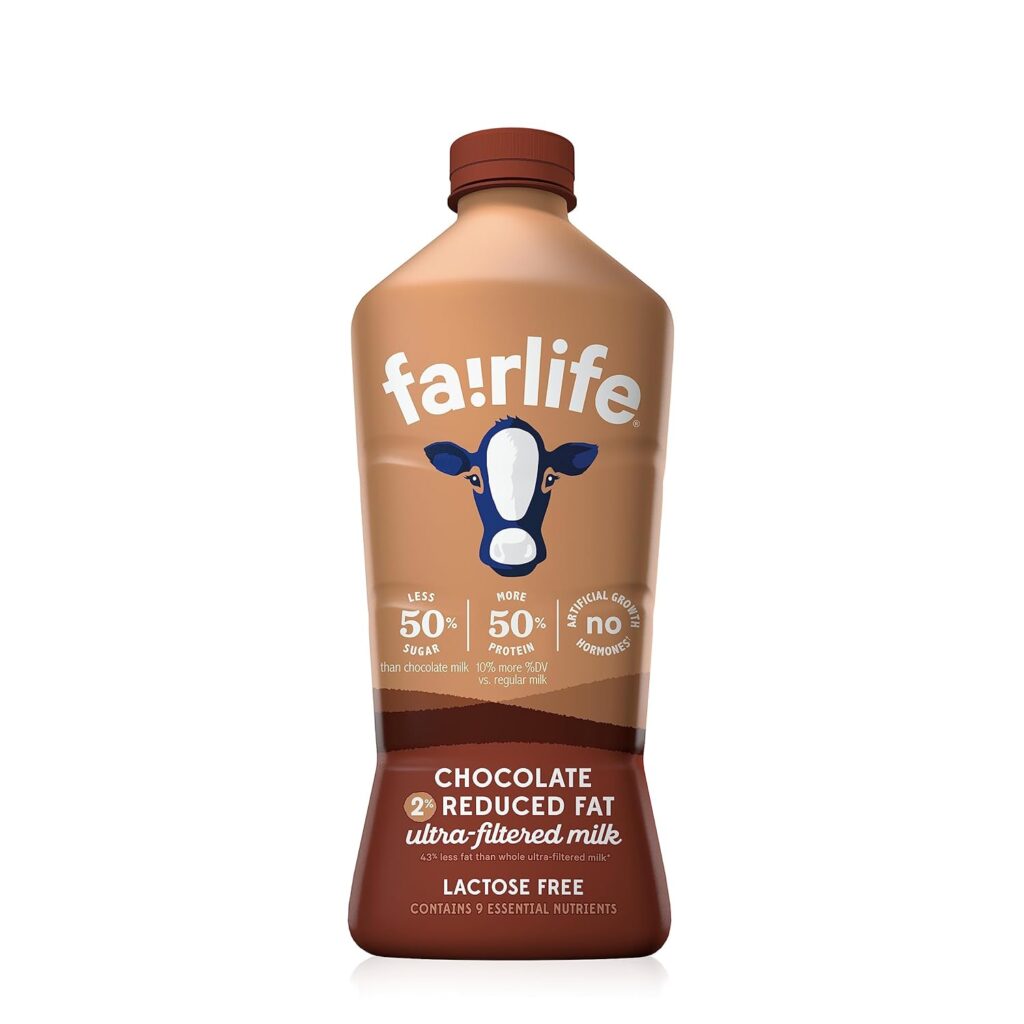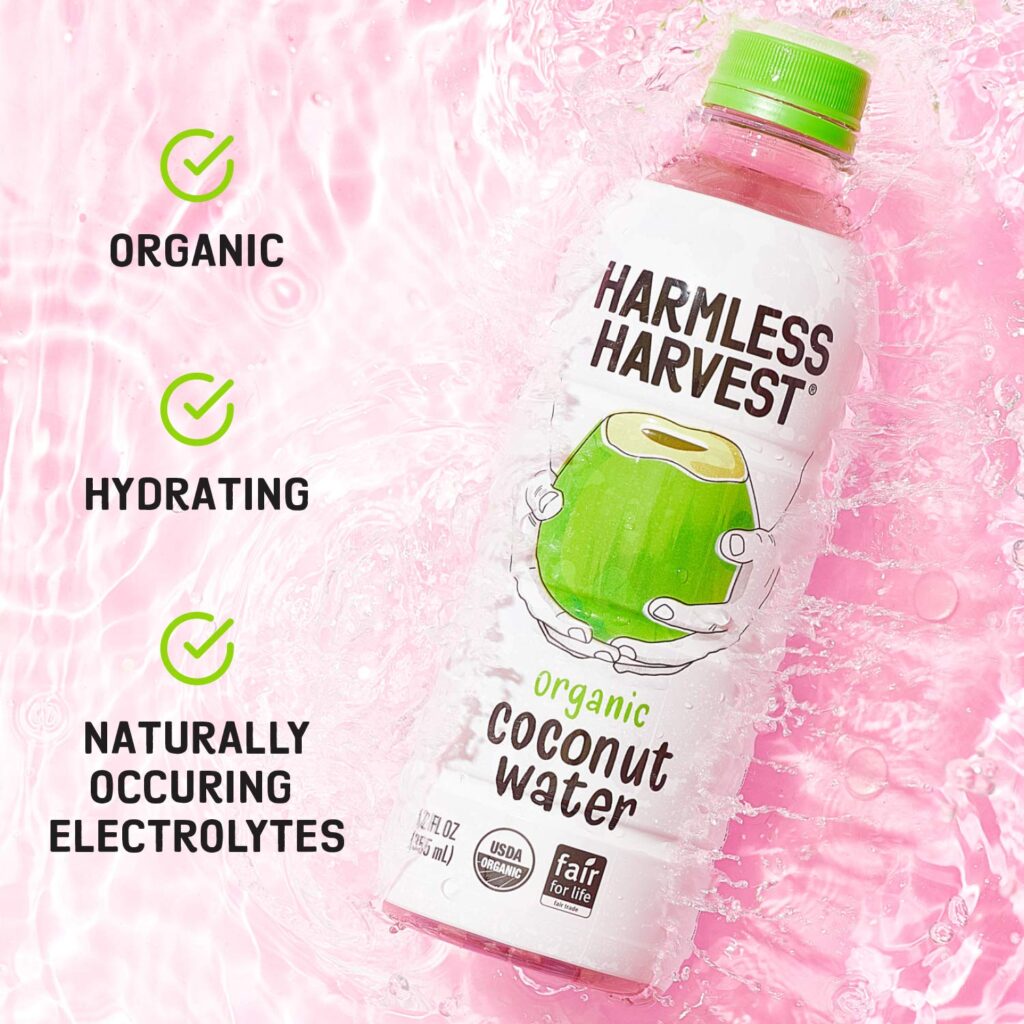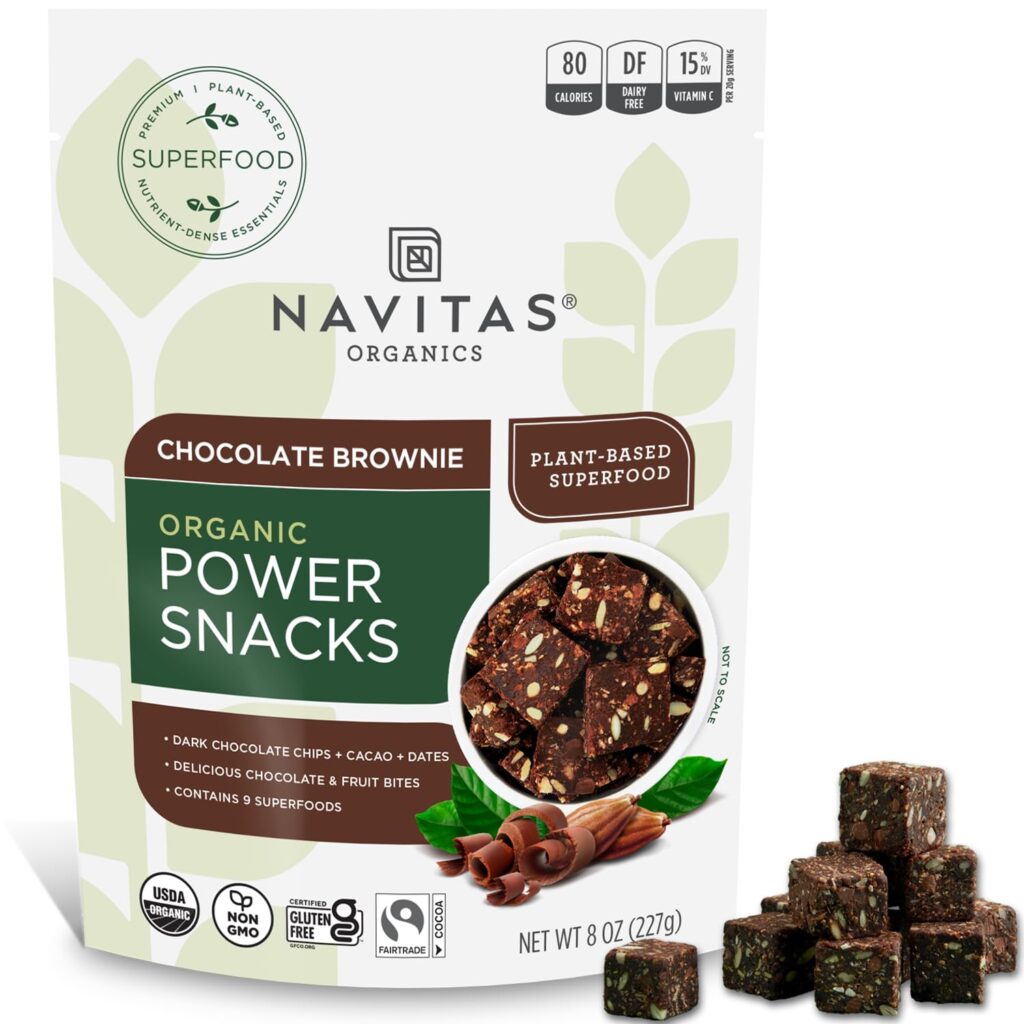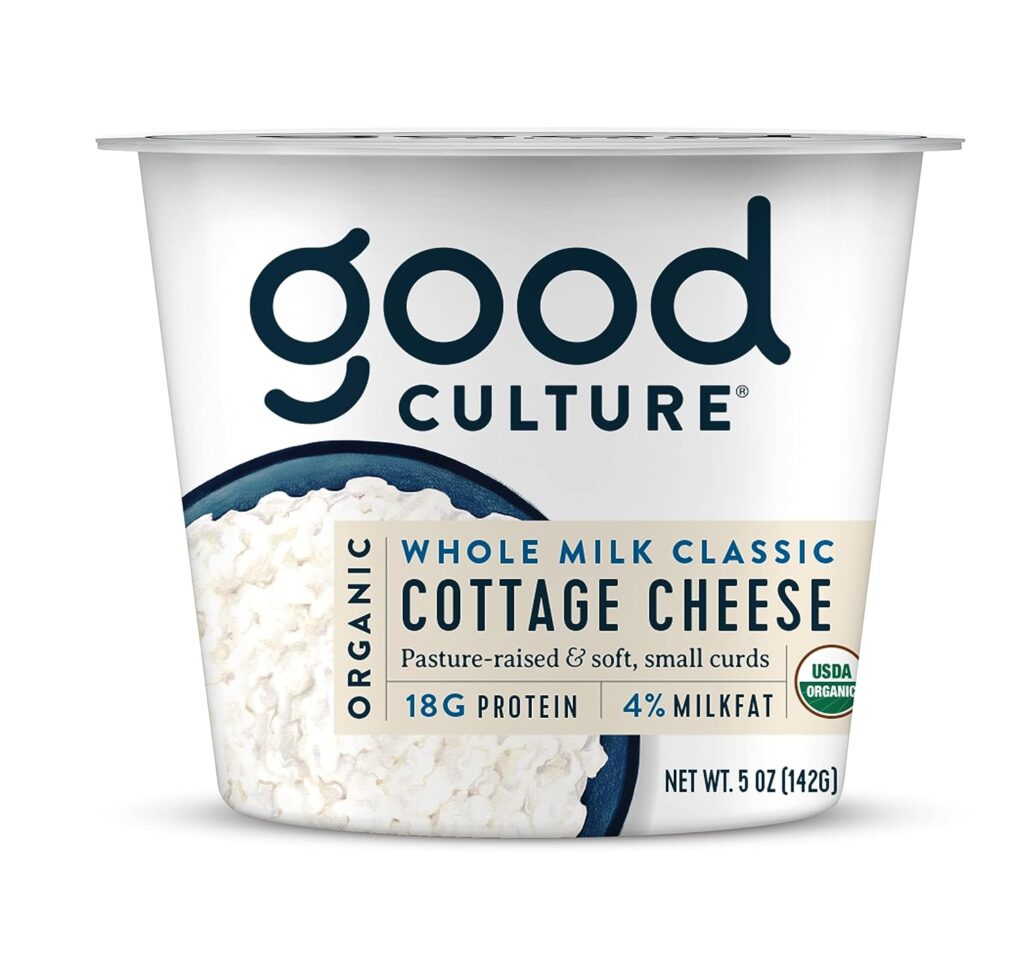After a strenuous workout, it’s critical to replace energy stores with a combination of protein, carbs, and healthy fat. Whichever exercise you do, the meals you consume afterward can help you recover faster and grow muscle. Your specific dietary requirements will vary depending on your nutrition objectives, conditioning level, activity intensity, and workout time, but it’s best to refuel as well as rehydrate owing to water loss.
Food and drink consumed shortly after exercise are critical for muscle healing and energy replenishment. Protein aids in the repair and rebuilding of muscular tissue, whereas carbohydrates replenish the energy lost during exercise. To get the most out of your recovery diet, eat a mixture of protein and carbohydrates, such as trail mix, nut butter with an apple, or Greek yogurt, within an hour of ending exercise. It is also critical to replenish electrolytes after vigorous exercise, particularly in hot and humid areas. Sports drinks and coconut water include an electrolyte balance that aids in hydration.
If your workout is scheduled in such a way that a meal can easily fit into the one-hour window, choosing a meal with a combination of nutritious grains, proteins, fruits, veggies, and fat might help you recuperate. Whether you’re in a hurry or the timing isn’t good for a meal soon after a workout, there are some terrific packaged foods and beverages that can help you recuperate. We chose a selection of nutrient-dense foods and beverages to help you replenish right after exercise.
This post contains referral links for products we love. Staying Fit With Aeran earns a small commission on these links at no cost to you, and the links will always be marked with an asterisk *.
Best Pick: Fairlife Chocolate Milk 2% Ultra-Filtered Milk*
Pros
- Ultra-filtered milk (not a protein shake)
- All three macronutrients are abundant in this Food (protein, carbohydrates, and fat)
- An excellent supplier of sodium and potassium
- Excellent source of calcium and vitamin D.
Cons
- Those who are lactose intolerant should avoid this product.
Fairlife’s 2% Ultra-Filtered Milk is a convenient and quick way to replenish nutrients after an exercise to aid with muscle regeneration. This product replaces fluids while also providing additional protein and carbs. This is not a protein shake and has more carbohydrates—22 grams. This also makes it less expensive than a protein shake while providing the same advantages.
One drink also contains 350 mg sodium and 500 mg potassium, which are critical electrolytes to restore after exercise. Consuming something with carbohydrates and electrolytes after an exercise can be more hydrating than just water. This drink is likewise dairy-based but lactose-free, as well as a good source of calcium. Fairlife’s 2% Ultra-Filtered Milk is smooth and sweet enough. For a more satisfying recovery snack, try mixing it with fruit for extra fiber.
At the time of publication, the price was $5 for 52 ounces.
Best Water: Harmless Harvest Coconut Water*
Pros
- Rehydrating
- Potassium and phosphorus are abundant in this Food.
- Organic and Fair Trade Certified
Cons
- Not a good source of protein
- Not a good source of fat
Rehydration is just as crucial as replacing carbohydrate and protein losses after a workout, especially when it comes to replacing electrolytes like salt and potassium. A meal or snack, coupled with water, can help restore fluids and electrolytes. However, more electrolyte replenishment may be required during particularly intensive exercises or exertion in hot weather.
Coconut water is an excellent naturally occurring electrolyte drink for rehydrating and restoring electrolyte balance after exercise.
2 The thirst-quenching drink is made entirely of coconut water taken from organic young coconuts cultivated in Thailand, and it contains a natural supply of carbohydrates as well as a variety of electrolytes such as sodium, potassium, calcium, phosphorus, and magnesium.
While some organic electrolyte powders and beverages are available, Harmless Harvest Coconut Water is 100% natural and has no artificial ingredients. It contains only one ingredient: organic coconut water. Harmless Harvest is not only 100 percent organic, but it is also Fair for Life certified, which means it encourages social and environmental responsibility. The company collaborates with organic farmers who practice sustainable farming without the use of pesticides, sewage sludge, or synthetic fertilizers.
At the time of writing, a 6-pack of 32-ounce bottles costs $56.
The best juice: R.W. Knudsen Organic Just Tart Cherry Juice *
Pros
- Anti-inflammatory
- There is no added sugar
Cons
- organic and non-GMO foods
- It’s not high in protein or fat
According to studies, tart cherry juice contains potent antioxidant and anti-inflammatory properties that can aid in recovery and reduce inflammation following strength and endurance workouts. Tart cherry juice may be a good addition to your post-workout rehydration and recovery approach if you want to reduce muscle pain and recover faster. 4 R.W. Knudsen’s unsweetened tart cherry juice is a quality, organic tart cherry juice.
According to its name, the juice is rather tart and may take some getting used to. A few ounces of concentrated juice mixed with sparkling water or seltzer can improve palatability while still providing the advantages of the recovery drink. Furthermore, if mixed into a smoothie, it can be part of a more balanced post-workout meal.
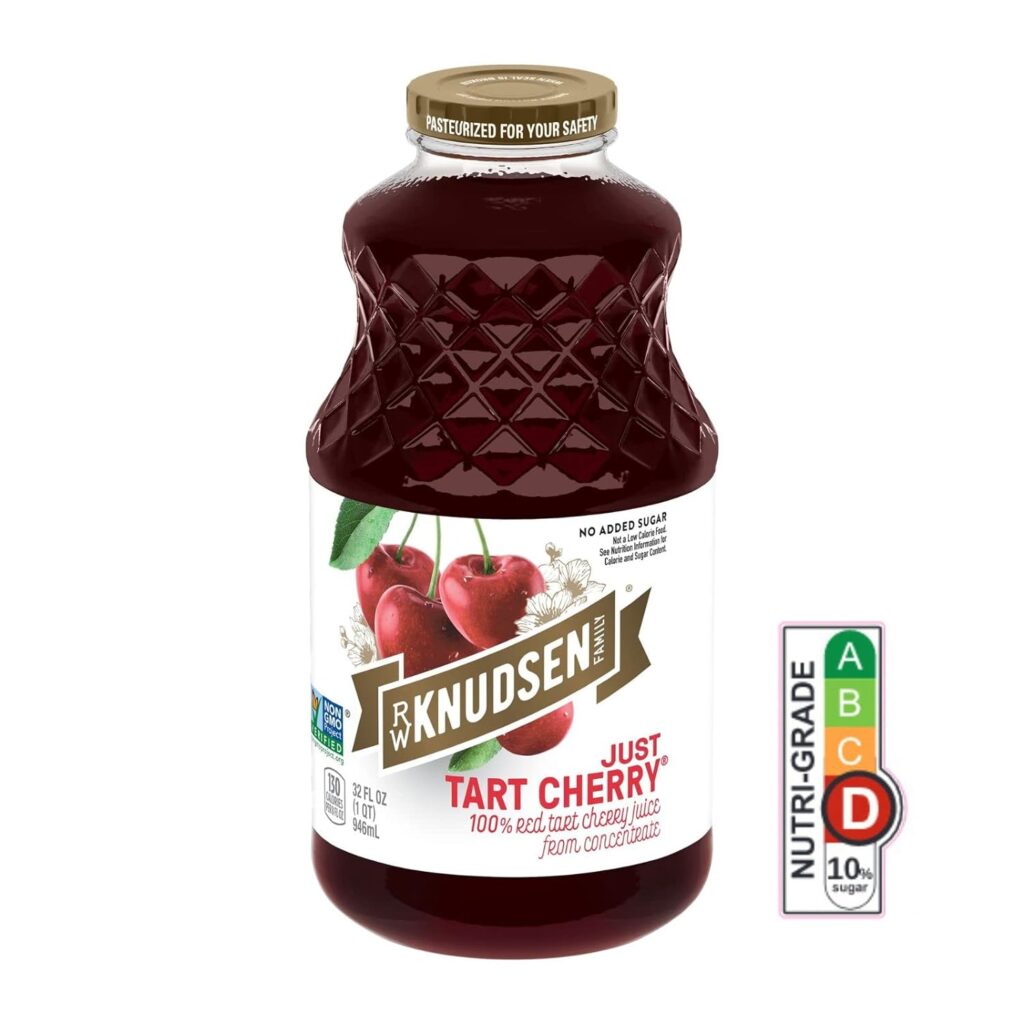
At the time of publication, the price was $10 for 32 ounces.
Best Sweet Snack: Navitas Organics Organic Power Snacks Chocolate Cacao *
Pros
- Organic, non-GMO, gluten-free, and dairy-free
- Iron and potassium source
- Third-party tested
Con
- When combined with another snack, it may work best for recuperation
If you’re looking for a sweet snack after your workout, these Organic Power Snacks from Navitas Organics might be a nice choice. These non-GMO, gluten-free snacks will please your sweet appetite while also delivering adequate nutrition to aid in muscle repair. There’s something for everyone among the four varieties, which include Blueberry Hemp, Cacao Goji, Chocolate Cacao, and Coffee Cacao. These nutrient-dense nibbles are convenient grab-and-go snacks that don’t require refrigeration and can be stored in a backpack or desk drawer.
If you like chocolate, try the Chocolate Cacao flavor. The rich, plant-based snacks include pumpkin, sunflower seeds, and chia, as well as lucuma, cacao, and maca powder, which are all high in nutrients. They’re also a simple way to add taste and texture to greek yogurt with fruit. Each two-piece meal includes 80 calories, three grams of fat, twelve grams of carbohydrates, and two grams of protein, with only one gram of added sugar. They also contain iron, vitamin C, and potassium. The nibbles are so delicious that you won’t be able to stop at two.
According to Navitas, this product has been third-party evaluated, which is unusual for snack foods. They also contain no additives or filler substances. While we enjoy how easily they can be combined with other snacks, they may not be enough to assist recovery after exercise on their own.
At the time of publication, a 16-ounce bag costs $18.
The Best Bar: SANS Meal Replacement Protein Bar *
Pros
- It may be used as a meal replacement
- There is no added sugar, sugar alcohols, natural flavors, gluten, dairy, or soy in this product
- Potassium-rich Food
- A good fat, protein, and carbohydrate balance
Cons
- Not suited for people who are allergic to eggs
Most bars are suitable for snacking, but this particular product is an easy way to acquire enough calories, like a meal. If you’re someone who doesn’t have the time for a meal after a workout or gets hungry right away after a strenuous workout, these bars are an excellent option to pack in your bag and leave.
Ingredients include whole foods such as egg whites, dates, spinach, flax seed, and oats, and each bar contains 390 calories. They also provide 14 essential vitamins and minerals, including 610 mg of potassium, to aid in recuperation. SANS is French for “without,” and these bars live up to their name by being free of gluten, dairy, soy, natural flavors, and added sugar.
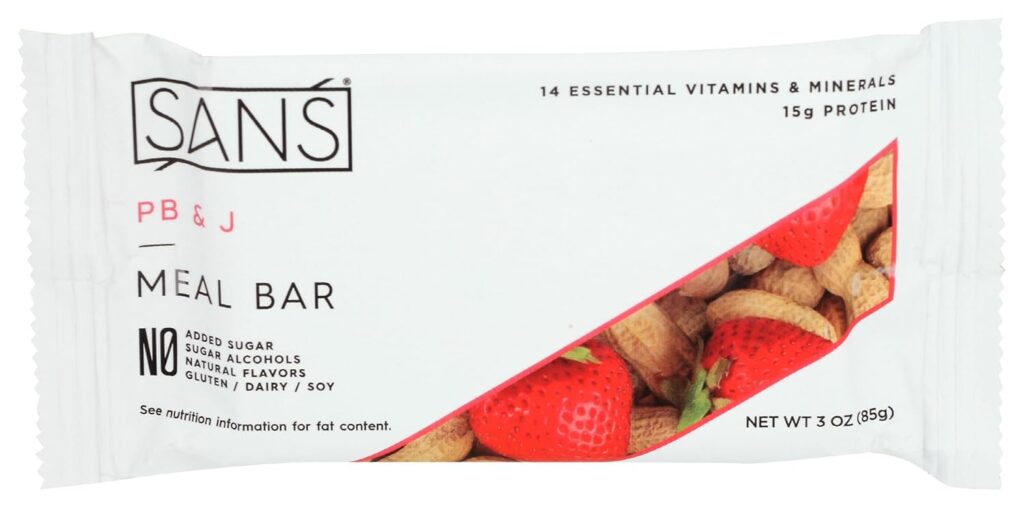
Peanut Butter Cacao, PB&J, and Coconut Almond Butter are a few flavor options. At 23 grams of total sugar per bar, these bars are higher in total sugar, but this amount after exercise will help rebuild muscle glycogen.
Breakfast: Oats Over Night Oatmeal *
Pros
- It can be shaken or mixed in a bowl
- Single-serve packages are convenient
- There are vegan and whey-based options
- Non-GMO and gluten-free
Cons
- Refrigeration is required for the best texture
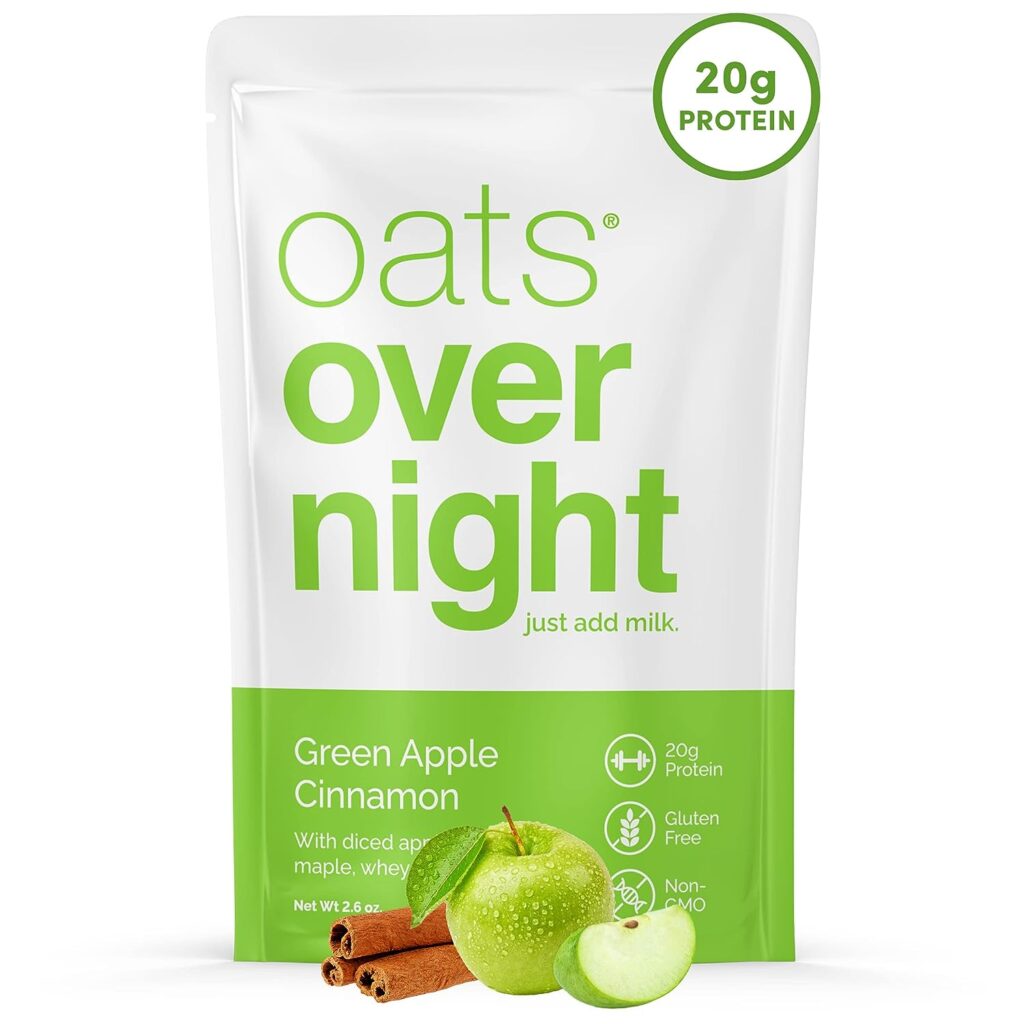
If you exercise in the morning, breakfast can be the most crucial meal of the day in terms of recuperation and having the stamina to complete your morning tasks. According to the International Association of Sports Nutrition, replenishing carbs and protein within two hours of a workout promotes glycogen repletion and reduces muscle injury. 5 After a morning workout, it’s not always easy to have a healthy, balanced meal, but Oats Overnight makes it simple.
The single-serve packets combine creamy oats with nutrient-dense flax seeds, chia seeds, protein, and tastes. Just combine the milk in a shaker or basin and place it in the refrigerator for four hours or overnight.
Oats Overnight is available in a variety of varieties, including cinnamon rolls, banana bread, maple pancakes, and others. They also come in plant-based and whey-protein versions.
Pricing at the time of publication: $34 for an 8-pack.
Most Versatile: Good Culture 2% Milkfat Classic Cottage Cheese *
Pros
- Depending on the add-ons, it might be savory or sweet
- Gluten-free, Keto, and Kosher certified
- It is derived from pasture-raised cows
Cons
- It is not an excellent source of carbohydrates or fiber, and it has its own
Snack Foods are often salty or sweet, but the Good Culture Both may be made with traditional cottage cheese! If you’re looking for a savory dish, consider adding chopped vegetables and everything bagel spice. If you need something sweet, however, some fruit and cinnamon can’t go wrong.
The leucine content of cottage cheese is what makes it a recovery food. Leucine is a branched-chain amino acid that aids in muscle repair and growth. Because cottage cheese is a complete protein, you’ll obtain all nine important amino acids.
While this does require refrigeration, it’s an easy base for a number of post-workout snacks or dinners.
At the time of publication, the price was $2 for 5.3 oz.
What to Look for in a Rehabilitation Food and beverages
Ingredients
If you have food allergies or sensitivities, make sure you read the ingredient list before you choose meals or drinks. Because some specialist recovery solutions contain huge amounts of additional nutrients or other supplements, it’s best to stay with ingredient lists that don’t include them. If it’s within your budget and a product you’ll frequently be consuming, you might want to explore getting organic.
On the market, several marketed recovery-focused meals and beverages make grandiose health claims. Conduct your research, especially if something appears to be too good to be true, and visit your healthcare practitioner or a specialist if you have any questions.
Every day, we must consume a balanced diet of protein, fats, and carbohydrates. Athletes and people who are very active may find this to be especially beneficial for maintaining their energy and strength levels. Carbohydrates are required to replenish glycogen stores and provide energy, whereas protein is largely used to create, maintain, and repair muscle. Fats are an excellent source of satiation and long-lasting energy.

When selecting a recovery product, keep your tastes and particular demands in mind. A marathon runner, for example, may need more carbohydrates after a long run. A weightlifter who is looking to bulk up will most likely have increased protein requirements.
Fluid
Fluid consumption and hydration are crucial post-workout considerations for maximum recovery. Increase fluid intake by drinking water as needed and throughout the day based on physical activity and personal needs. Fluid replacement is critical since dehydration can impede recovery and produce cramping, muscle weakness, and weariness.
Consuming electrolyte-containing fluids after a workout can also help with recuperation, especially if you sweat a lot, work out in the heat, or exercise for more than 60-90 minutes.
Convenience
Determine where you will consume your post-workout recovery meal, snack, or beverage, as well as when you will consume it. If you’re on the run and don’t have access to a microwave or refrigerator, a portable single-serve item like nut butter or trail mix can be a good option. But bear in mind that what is packed as a single serving is sometimes insufficient to fulfill an adult, so mix and match to make a snack or meal that meets your needs. If you have more time and a blender, a smoothie mixed with high-quality protein powder, as well as carbohydrates and fat, is a fantastic method to rehydrate and refuel.
Why is nutrition essential for recovery?
Eating after exercise is vital because it restores glycogen stores and begins to mend muscle damage caused by microscopic tears during exercise. Eating after exercise can help you recover faster and avoid injuries.
Carbohydrates help restore muscle glycogen stores to pre-workout levels, which is critical for maintaining blood sugar stability and powering the energy-creation process. It is vital to consume protein within two hours of exercise to boost muscle protein synthesis and mend muscles, joints, and tendons.
What happens in your body during the recuperation process?
Recovery permits the body to adapt to the stress of exercise by repairing body tissue and, as a result, building stronger muscles over time. During exercise, your muscle cells are damaged by microscopic tears, and inflammation increases as a result of the soreness you experience afterward.
The healing process allows this damage to be repaired and inflammation to be reduced, all while boosting cardiovascular health and muscle strength. Consuming protein and carbohydrates during recovery aids in the healing of muscle injury, the expansion of muscle glycogen, and the promotion of muscle protein synthesis.
To Conclude
On rest and recovery days, it is critical to do just that. To give your muscles time to recuperate, avoid intense cardio or weight exercise. It is, however, totally acceptable for folks who work sedentary jobs to conduct some mild exercise during the day, such as riding an under-desk bike, to get the body moving and the blood pumping.
Therefore, it is critical not to reduce your food consumption simply because you are less active. Listen to your body for hunger and fullness cues, and be sure to get enough protein to help your muscles rebuild, as well as complex carbohydrates and healthy fats.

